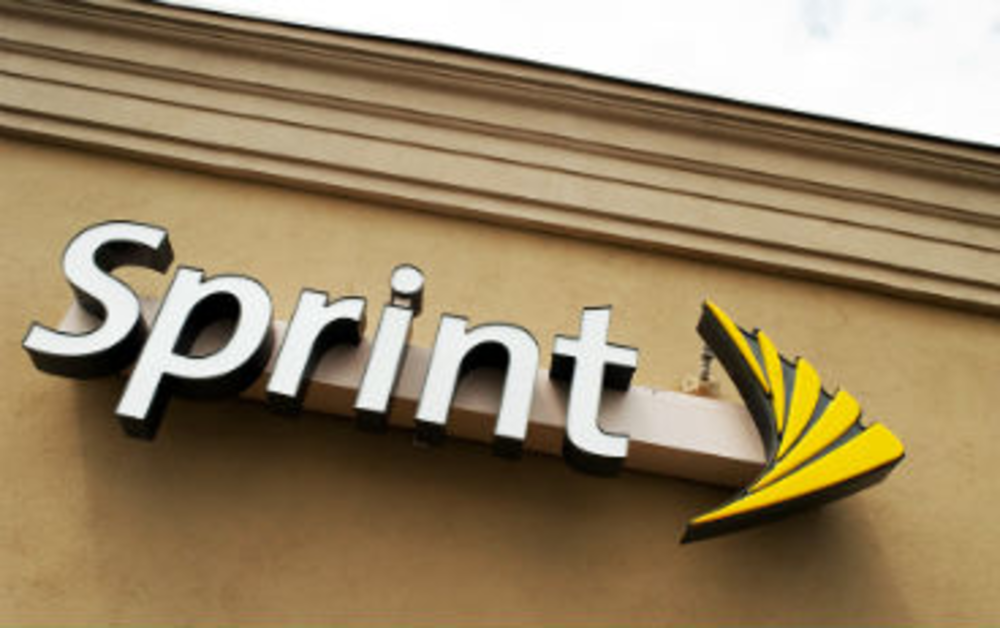As customers, we all know the certainty of this: Customer experience is personal.
“Your customers have different needs and you have to do what you can to meet them,” said Bob Johnson, president of Sprint Retail and chief service and information technology officer for Sprint, during his keynote at the 2014 CXPA Insight Exchange. It’s not easy, but it’s worth the effort, he said, noting that Sprint has cut about $7 billion in costs over the past few years in part by improving the customer experience in ways that led to reductions in churn, increases in self-service, and fewer calls to its customer service and care teams.
In fact, the American Customer Satisfaction Index cites Sprint as the most-improved company in customer experience across 47 industries during the past five years.
These improvements to Sprint’s customer experience also reflect its brand image. As the telecom’s customer satisfaction bottom-two box scores decrease, so does churn. And as the top-two box scores increase, Johnson pointed out, so do marketing efficiencies, word of mouth, and retention. “It’s like free money,” he said.
But delivering a top-notch customer experience that aligns with corporate goals is no easy feat. Johnson said it requires three things: top-down support, perseverance, and a link to revenue. “It’s very hard. There’s no magic bullet,” he said. “You have to stick with it and stay passionate about it. And if you improve the customer experience, you have to show the impact to the bottom line.”
Fortunately, customer experience excellence is among Sprint CEO Dan Hesse’s top-three priorities. According to Johnson, they are: improve the customer experience (which means extending customer satisfaction leadership); strengthen the brand (thus drive profitable growth); and generate cash (which includes reducing costs). These priorities unify the company around shared goals and have been critical to the company’ success, Johnson said. This approach helps to communicate internally how employees impact the bottom line; in part, through showing that as customer satisfaction goes up, churn goes down.
A focus on customer experience pervades the organization, especially in sales, customer service and care, and IT. “There’s a great synergy between these groups,” Johnson told me when we spoke prior to his keynote. “The retail, service, and care customer experiences are all enabled by IT.” In fact, everything from the point-of-sales systems at retail, billing tools, and the systems that the service and care teams use are all run by IT. “We want to make sure that when customers sign up it’s a great experience, when customers call the care team we want that to be a great experience, and even when they review their bill it’s a great experience—and IT support all that,” he said during his keynote.
But the customer experience isn’t just about when customers come to Sprint; it’s also about outreach. “You have to go where your customers are,” Johnson said. So Sprint created an online community to provide a place where customers can help each other, and it launched a team of “social ninjas” to help respond to customers in social channels. Currently, there are 3,300 employees who volunteer as social ninjas. Additionally, employees volunteer to send handwritten thank-you notes to customers; last year they sent 900,000 in total.
“It’s everyone’s responsibility in the company to help customers,” Johnson said. But it’s not forced. Management communicates the benefits so employees will want to take part. Clearly, it works.
But Sprint executives don’t just cross their fingers and hope for customer-centric outcomes. There are customer and operational metrics that support customer centricity; for example, post-interaction churn rates, first-call resolution, and Net Promoter Score. Additionally, care agents are compensated to own and resolve issues instead of transferring calls—and call transfers have dropped 50% since Sprint began focusing on it. The mantra is “service, solve, and satisfy.”
“The front line is the brand,” Johnson says. “Sometimes it’s the only personal interaction customers have with the company, and it leaves a lasting impression.”
Along with inside-out customer experience initiatives, Sprint responds to customer input by making changes to, say, pricing or devices; for example, launching its unlimited data plan in 2011.
“We focus on customers’ moments of truth,” Johnson said, citing purchasing, receiving a first bill, and calling to resolve technical issues as examples. “We’re taking all customer touchpoints, mapping them to our functional peers, and saying, ‘Here’s how you affect the customer experience, and here’s where you need improve’ or ‘Thanks, keep up the good work.’” Part of this is showing the financial impact that those areas have in terms of customer experience. “I make sure my teams understand their role in customer experience,” he said.
Ultimately, customer experience for Sprint is about churn reduction, service and IT excellence, and contribution to EBITA, Johnson said. “The single biggest financial metric in telecom is churn,” he said. “If you can positively impact the customer experience, you can reduce churn, thus increase revenue.”








